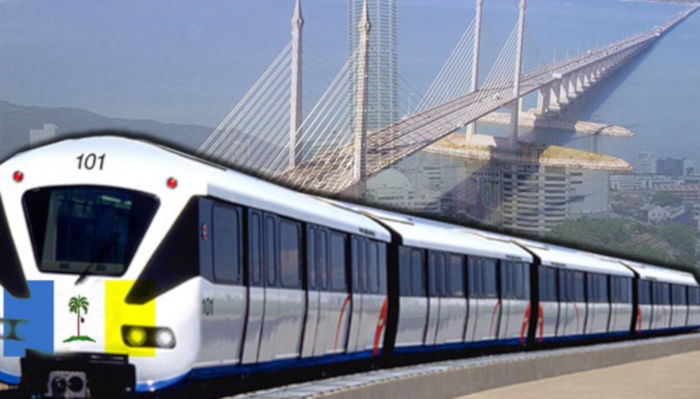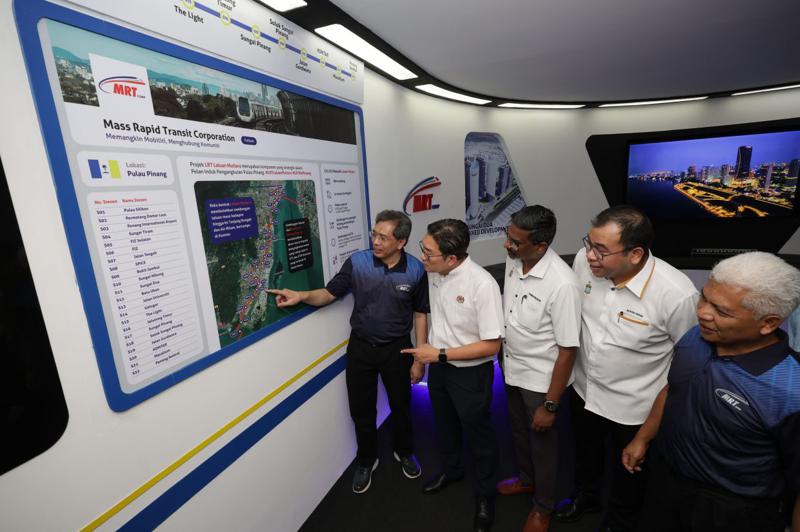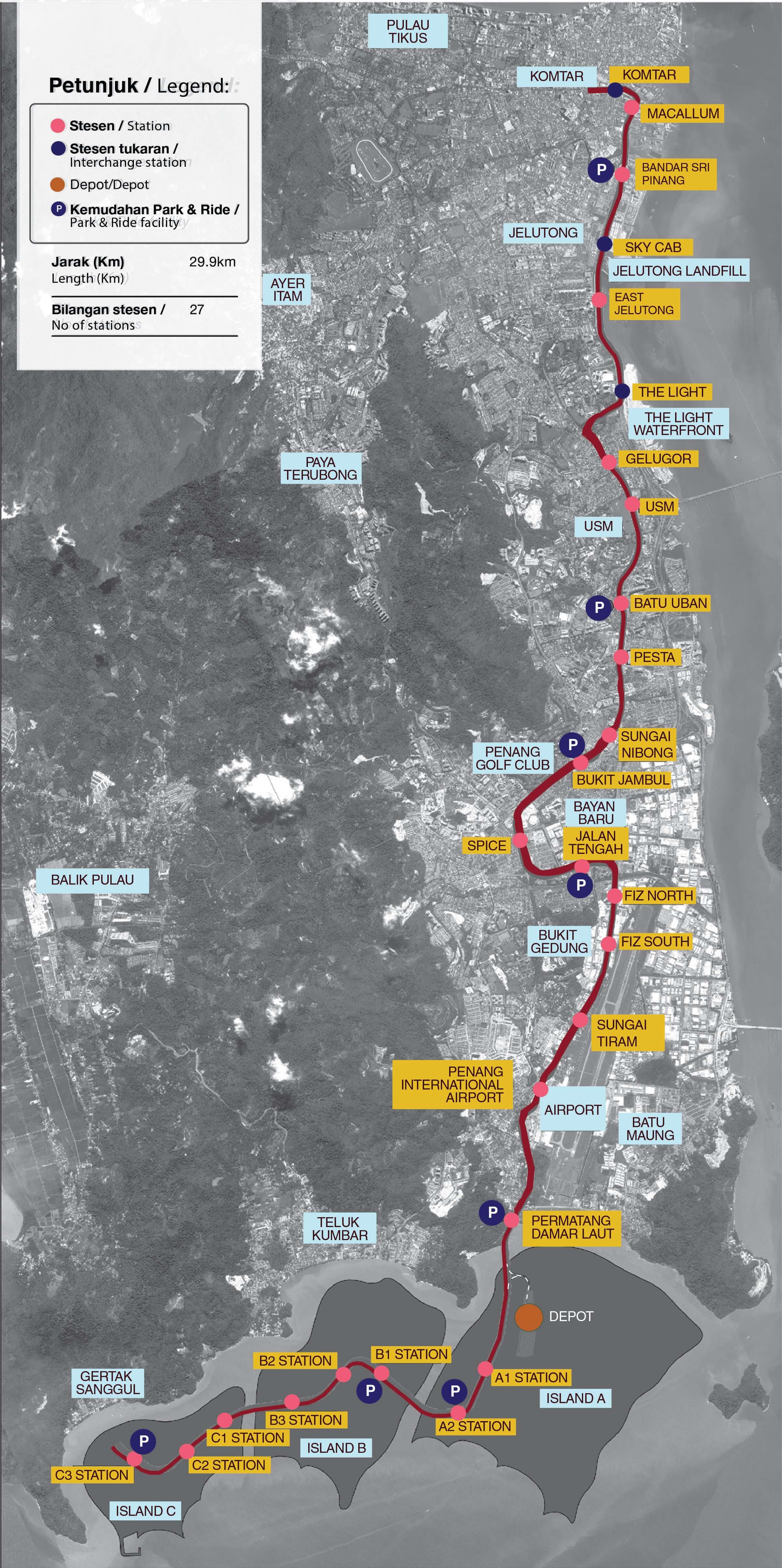When discussing protein in our diets, we often think of animal-based protein sources, such as meat, fish and poultry.
But did you know that protein is also available in foods originating from plants?
In fact, it is essential to include these plant-based protein sources in our diet as part of our healthy eating plan.
Before delving deeper into the topic, we need to understand what protein is and why we need to eat foods containing it.
Apart from carbohydrates and fats, protein is a major nutrient needed by our body to function properly.
It contributes significantly to the growth and maintenance of our body, including the formation of new cells and the repair of old ones.
Additionally, protein serves as the building block for enzymes and hormones, which are key to various biological processes in the body.
It also provides energy when the supply from carbohydrates and fats is insufficient.
As protein is essential for cell growth and repair, adequate intake is important during periods of rapid development, such as during childhood, adolescence, pregnancy and breastfeeding.
In addition, sufficient intake of high-quality protein by the elderly is important to help improve mood, boost resistance against stress and prevent muscle loss.
In the most recent update to the Malaysian Food Pyramid, protein-rich foods are placed on the third level from the base, indicating that they need to be consumed in moderation.
According to this guideline, individuals are advised to incorporate a balanced mix of protein sources into their daily diet.
The Food Pyramid recommends one serving of fish; one to two servings of poultry, meat or eggs; and one serving of plant-based protein foods.
To achieve optimal health, adults are encouraged to aim for approximately one gramme of protein per kilogramme of body weight daily, as per the Malaysian Recommended Nutrient Intake (RNI) of 2017.
This means an individual weighing 70kg should aim for an intake of 70g of protein per day.
Understanding protein sources
As mentioned earlier, protein is not solely sourced from animal-based foods, such as chicken, meat, eggs and fish.
Indeed, protein can also be obtained from plant-based protein foods such as legumes, nuts and soybean products, which are equally nutritious and beneficial for our body.
Hence, incorporating both animal- and plant-based proteins into our daily meals can provide a higher quality of protein to support overall health.
To help us make better dietary choices, let’s learn more about the different sources of protein:
> Animal protein
Fishes such as Indian mackerel (ikan kembung), salmon and herring are excellent sources of protein with lower levels of saturated fats compared to meat and poultry.
Additionally, they are rich in omega-3 fatty acids, which are essential for brain development in children.
Shellfish varieties like crabs, lobsters and shrimps offer lean protein with minimal saturated fats and calories, and are high in many micronutrients.
Meat and poultry are complete proteins that contain all the essential amino acids.
They are also high in minerals and vitamins.
The fat content may vary depending on the cuts, with examples of lean options including skinless chicken or turkey breast, and beef or pork tenderloin.
A cost-effective protein source, eggs provide excellent quality protein containing all the essential amino acids.
Additionally, egg yolks are rich source of polyunsaturated fatty acids, which are good fats.
> Plant-based protein
Legumes are generally low in fat, high in dietary fibre, and free from saturated fats and cholesterol. Soybean is considered as one of the best complete protein sources and can make a pretty delicious dish, such as this Szechuan mapo tofu. — Filepic
Soybean is considered as one of the best complete protein sources and can make a pretty delicious dish, such as this Szechuan mapo tofu. — Filepic
They are also a good source of B-group vitamins and contain phytochemicals and antioxidants.
However, they are incomplete proteins as they are low in some essential amino acids.
Examples of legumes are dhal, lentils, peas, chickpeas and peanuts.
Nuts are nutrient- and energy- dense foods that contain high amounts of protein, healthy fats, phytochemicals and antioxidants.
They are also rich in dietary fibre and various micronutrients.
Examples include almonds, pistachios, chestnuts and hazelnuts.
Soybean is considered as one of the best complete protein sources.
Soybean foods are widely consumed and available in various forms.
They are also rich in protein, dietary fibre, unsaturated fat, vitamins and minerals.
Examples of soybean foods are soymilk, tofu, tempeh and natto.
Increase your plant-based proteins
Here are some practical tips to boost your intake of plant-based proteins:
- Add legumes to dishes
Try mixing plant-based proteins and animal proteins in the same dish.
For example, you can prepare stir-fry shrimps with added tofu or incorporate chickpeas into beef stew.
- Include legumes daily
Aim to incorporate a serving of legumes every day as part of your daily protein intake.
For example, you can have lentil soup with bread for breakfast, instead of toast with kaya.
- Have a variety of legume dishes
Prepare different legume dishes to keep your meals exciting and nutritious.
For example, you can have stir-fry tempeh one day and braised tofu the next.
- Choose legumes or nuts as snacks
This is an easy way to increase your plant-based protein intake.
However, be mindful of portion sizes, especially with nuts, as they are high in calories.
For example, you can have steamed chickpeas, boiled peas/edamame, roasted almonds or chestnuts for a satisfying and nutritious snack.
Also, follow these simple cooking tips to ensure that you get the essential nutrients needed by your body, while avoiding excessive intake:
- Choose skinless or lean cuts
Opt for skinless chicken or duck parts, and lean cuts of beef, lamb or pork, when buying meat or poultry.
Otherwise, you can also remove the skin or trim excess fat before cooking to reduce saturated fat intake from animal protein.
- Include plant-based protein foods
Add plant-based protein foods to your grocery shopping list to diversify your protein options when cooking dishes.
- Use healthier cooking methods
Cooking methods can also affect the quality of your protein intake.
Choose to cook by steaming, stewing, braising, boiling, poaching, grilling, roasting or air-frying.
Limit deep-frying and breading as these methods will cause the food to soak up more oil during cooking, hence adding more fat and calories to your intake.
- Limit intake of organ meats
Organ meats such as the liver, spleen or kidney are nutritious, but also high in cholesterol and saturated fat.
Consume them in moderation to maintain a balanced diet.
When we have mixed rice for lunch, protein-based dishes are often the star of the meal.
However, most of us tend to choose chicken or meat as the primary protein source.
It is worth noting that dietary guidelines recommend including at least one serving of fish and one serving of plant-based protein as part of our daily protein intake.
This will ensure that we have a variety of protein sources in our diet.
Combining both animal and plant-based proteins in our diet will also provide higher-quality proteins for our body.
So go ahead and try some different protein-based dishes in your menu.
ByTan Ye Ting and Georgen , who are members of the Malaysian Dietitians’ Association (MDA). This article is contributed by Nutrition Month Malaysia (NMM) 2024, an annual community nutrition education initiative jointly organised by the Nutrition Society of Malaysia, MDA and the Malaysian Society of Body Composition. NMM’s annual Food-Fit-Fun Fair will be held in Pavilion Bukit Jalil, Kuala Lumpur, on May 22-26 (2024).
Source link
Related stories:
Soy foods like tofu and tempeh are popular plant-based protein alternatives
Adopting a plant-based diet has multiple benefits
How to get started on a plant-based diet
Nutritional needs according to age














